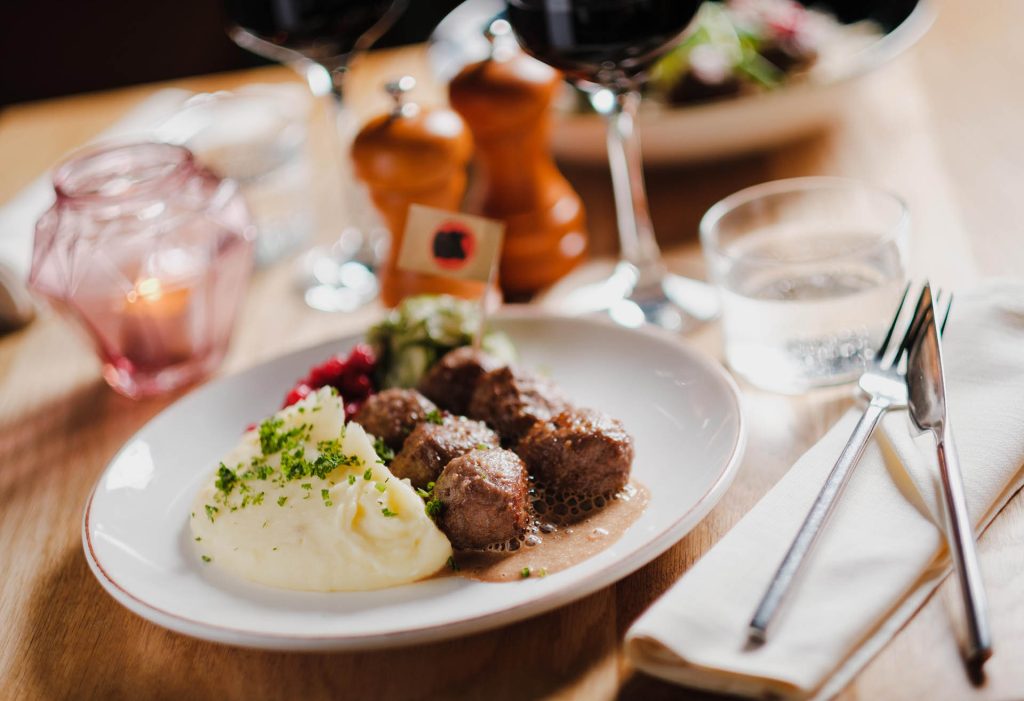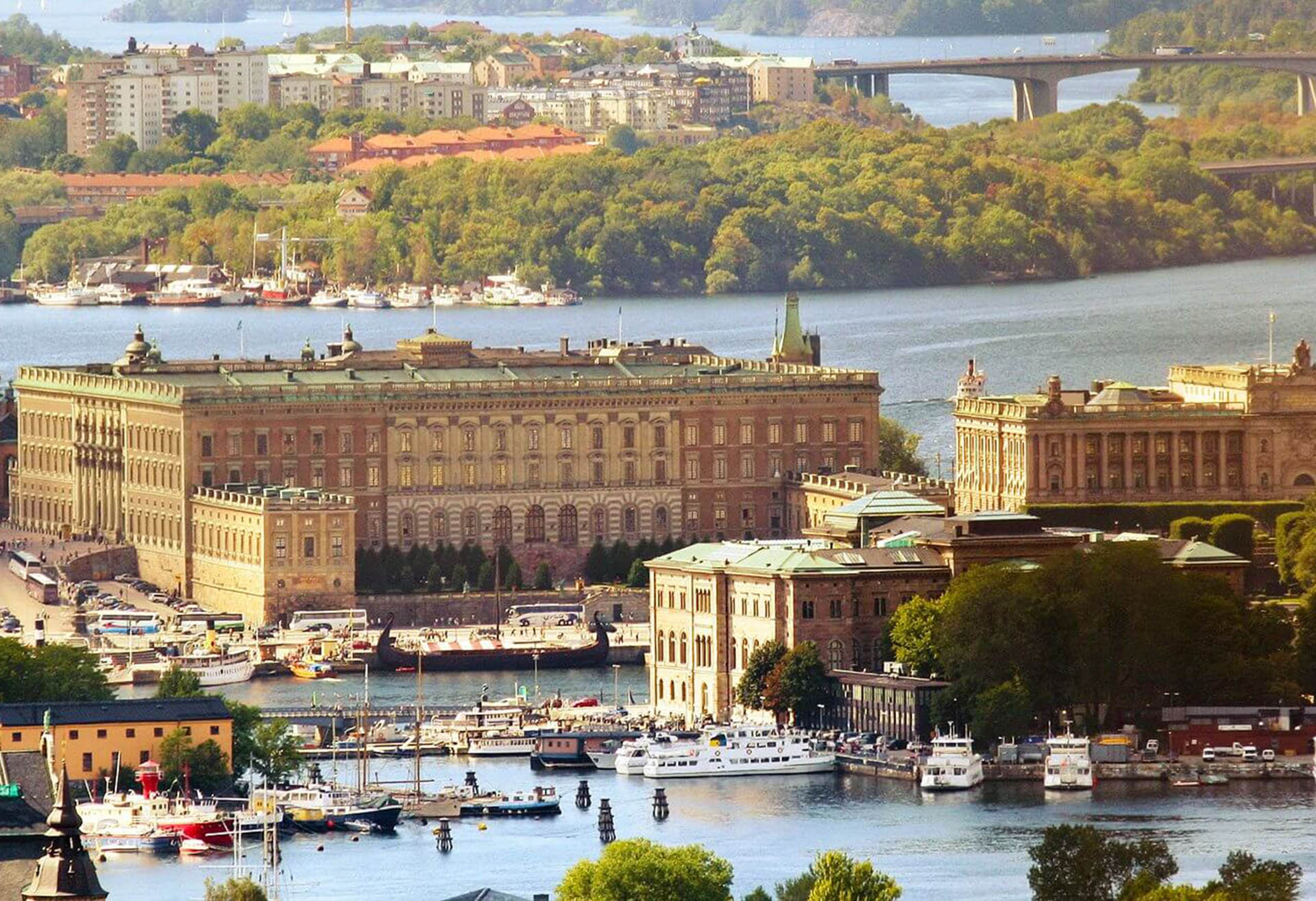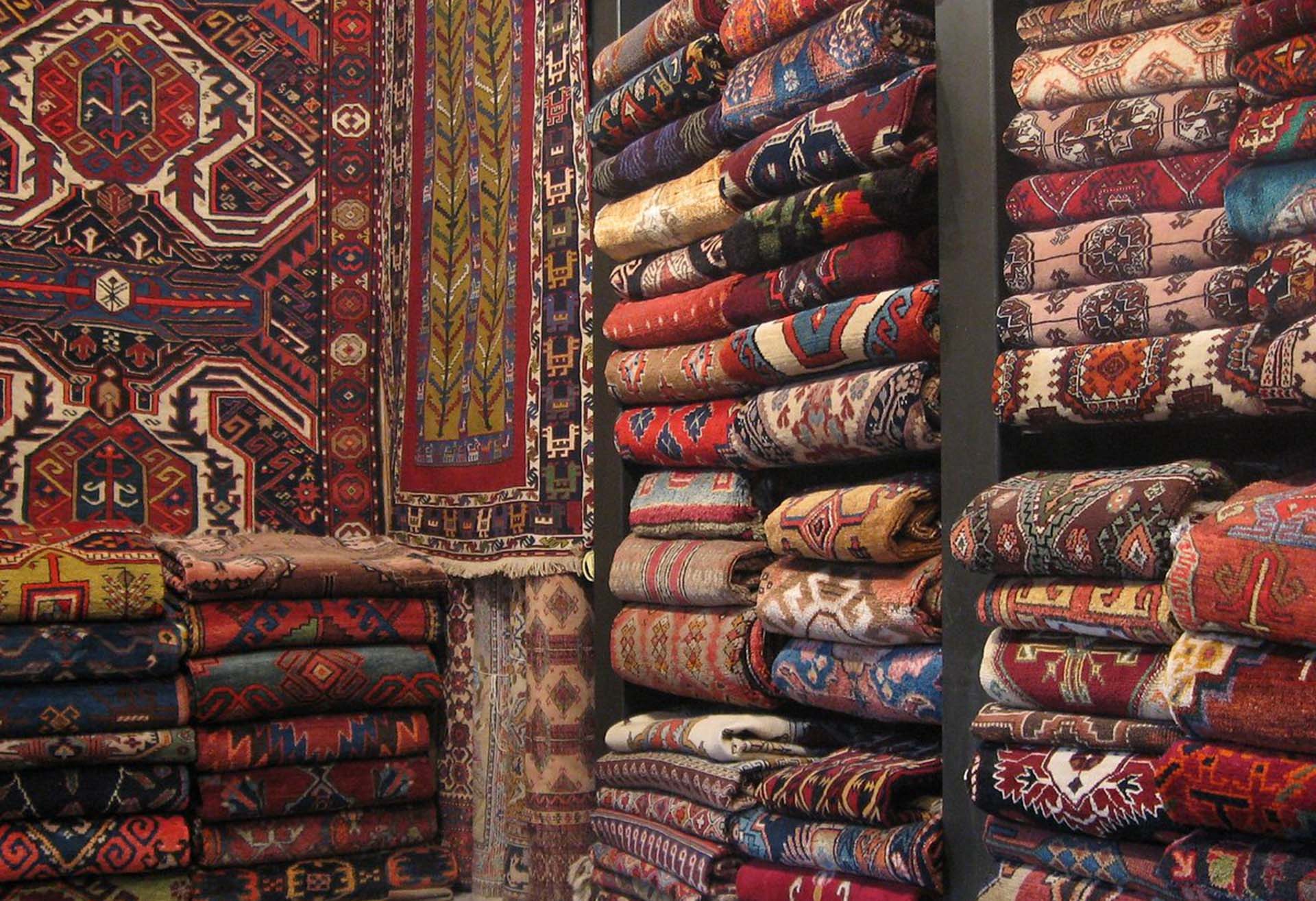Stockholm, the vibrant capital of Sweden, is a city that effortlessly blends history, culture, and modernity. I was thrilled to explore this stunning Scandinavian gem and share my experiences with fellow travel enthusiasts.
Travel Preparations: Gearing Up for Stockholm
Travel Gear and Suitable Attire
Packing for Stockholm requires a thoughtful approach, considering the city’s variable climate and diverse activities. Here’s a list of essentials that proved invaluable during my trip:
1. Weather-Appropriate Clothing: Stockholm experiences a temperate climate with distinct seasons. If you’re visiting in winter, pack a warm coat, thermal layers, gloves, a hat, and a scarf. Summers are mild, so light layers, a waterproof jacket, and comfortable walking shoes are recommended.
2. Comfortable Footwear: The city’s cobblestone streets and numerous attractions necessitate good walking shoes. I opted for a pair of sturdy yet stylish sneakers that kept my feet comfortable throughout my explorations.
3. Travel Adapter: Sweden uses the Type C and F electrical plugs. Ensure you have a universal adapter to charge your electronics.
4. Reusable Water Bottle: Tap water in Stockholm is exceptionally clean and safe to drink. Carrying a reusable water bottle is both eco-friendly and convenient.
5. Camera: With its picturesque landscapes and historic architecture, Stockholm is a photographer’s paradise. Don’t forget your camera to capture the city’s beauty.
Currency Exchange
The official currency in Sweden is the Swedish Krona (SEK). While credit and debit cards are widely accepted, it’s still wise to carry some cash for small purchases or in places where cards might not be accepted. I exchanged some currency at the airport upon arrival, though you can also find favorable rates at local banks and exchange offices.
Getting a Local SIM Card
Staying connected in Stockholm is hassle-free with the availability of local SIM cards. Upon arrival at Stockholm Arlanda Airport, I purchased a prepaid SIM card from a telecom kiosk. Major providers like Telia, Tele2, and Telenor offer various data packages suitable for tourists. Having a local SIM card made navigating the city and staying in touch with loved ones convenient and affordable.
Understanding and Respecting Local Etiquette
Key Etiquette Points
Stockholmers are known for their politeness and respect for personal space. Here are some key etiquette points to keep in mind:
1. Punctuality: Swedes value punctuality. Whether meeting friends or attending a tour, arriving on time is essential.
2. Quiet and Reserved: Public transportation and communal spaces tend to be quiet. Keep conversations at a moderate volume and avoid loud or disruptive behavior.
3. Queueing: Swedes are disciplined about queuing. Always wait your turn in line, whether at a bus stop, café, or ticket counter.
4. Shoes Off: It’s customary to remove your shoes when entering someone’s home. I experienced this firsthand when visiting a local friend, and it’s a practice that reflects the importance of cleanliness and respect for private spaces.
Personal Experiences with Local Etiquette
During my visit, I had several encounters that highlighted the importance of understanding and respecting local customs:
– Dining with Locals: I was invited to a traditional Swedish dinner by a local friend. Upon arrival, I instinctively removed my shoes at the door, which was appreciated by my host. The evening was a delightful experience of Swedish hospitality and cuisine.
– Public Transport: While using Stockholm’s efficient public transport system, I noticed how quiet and orderly everyone was. This was a stark contrast to the bustling noise of public transport in many other cities I’ve visited. Respecting this unwritten rule of silence made the experience more enjoyable for everyone.
Must-See Attractions in Stockholm
Stockholm boasts a plethora of attractions that cater to all interests. Here are four must-visit spots that left a lasting impression on me:
1. The Vasa Museum
Project and Highlights: The Vasa Museum houses the only almost fully intact 17th-century ship that has ever been salvaged. The Vasa sank on her maiden voyage in 1628 and was recovered in 1961. The museum offers a fascinating glimpse into maritime history with exhibits detailing the ship’s construction, sinking, and recovery.

How to Get There: The Vasa Museum is located on Djurgården Island. It’s easily accessible by tram (Line 7), bus (Lines 67 and 69), or a pleasant ferry ride from Slussen.
Tips:
– Arrive early to avoid crowds.
– Allocate at least two hours to fully explore the exhibits.
– The museum’s café offers delightful pastries and coffee for a refreshing break.
2. Gamla Stan (Old Town)
Project and Highlights: Gamla Stan is one of the largest and best-preserved medieval city centers in Europe. Strolling through its narrow, winding streets feels like stepping back in time. Key highlights include the Royal Palace, Stortorget (the main square), and the Nobel Museum.
How to Get There: Gamla Stan is centrally located and easily accessible by foot from many parts of the city. It’s also well-served by the metro (Gamla Stan station on the red and green lines).
Tips:
– Wear comfortable shoes for walking on cobblestones.
– Visit in the early morning or late afternoon to avoid the busiest times.
– Don’t miss Fika (a Swedish coffee break) at one of the charming cafés.
3. Skansen
Project and Highlights: Skansen is the world’s oldest open-air museum, showcasing Swedish history and culture through a collection of historic buildings and living history exhibits. It also features a zoo with native Scandinavian animals.
How to Get There: Skansen is located on Djurgården Island, close to the Vasa Museum. It’s accessible by tram, bus, or ferry.
Tips:
– Wear comfortable clothing and walking shoes.
– Plan your visit around the daily demonstrations and animal feeding times.
– Bring a picnic or enjoy traditional Swedish food at one of Skansen’s restaurants.
4. ABBA The Museum
Project and Highlights: For fans of the legendary pop group ABBA, this interactive museum is a must-visit. It features exhibits on the band’s history, costumes, and music, with plenty of opportunities to sing and dance along.
How to Get There: The museum is located on Djurgården Island, near the Vasa Museum and Skansen. It’s easily reachable by tram, bus, or ferry.
Tips:
– Purchase tickets online in advance to skip the lines.
– Allow at least two hours to explore all the interactive exhibits.
– Don’t forget to take a picture in the ABBA photo booth!
Exploring Stockholm’s Culinary Scene
Popular Street Food
1. Hot Dogs (Korv): Available at kiosks throughout the city, these are a quick and tasty snack.
2. Herring (Sill): Try the classic Swedish herring at street stalls in Gamla Stan or at food markets.
3. Meatballs (Köttbullar): Traditional Swedish meatballs are often served with lingonberry sauce and mashed potatoes, and can be found at food trucks and markets.

Street Food Safety Tips
– Choose Reputable Vendors: Look for vendors with clean stalls and high customer turnover.
– Check Food Hygiene Ratings: Some stalls display hygiene ratings, which can give you an idea of their cleanliness standards.
– Stay Hydrated: Carry a reusable water bottle and drink plenty of water, especially if you’re indulging in rich or salty foods.
Planning Your Itinerary and Budget
Stockholm has a wealth of attractions and experiences to offer. Here’s a suggested itinerary for a week-long visit:
Day 1: Arrival and Gamla Stan
– Explore the Old Town
– Visit the Royal Palace and Stortorget
– Enjoy Fika at a local café
Day 2: Djurgården Island
– Visit the Vasa Museum
– Explore Skansen
– Relax in the beautiful gardens of Rosendals Trädgård
Day 3: Modern Stockholm
– Visit Moderna Museet for contemporary art
– Stroll through Södermalm and enjoy its hip cafés and boutiques
– Dinner at a trendy restaurant in Norrmalm
Day 4: Historical and Cultural Tour
– Visit the Nobel Museum
– Tour the Stockholm City Hall (Stadshuset)
– Evening concert at the Stockholm Concert Hall
Day 5: Archipelago Adventure
– Take a boat tour of the Stockholm Archipelago
– Visit Vaxholm or Sandhamn for a day trip
– Enjoy seafood at a waterfront restaurant
Day 6: Themed Day
– Visit ABBA The Museum
– Explore the Swedish Museum of Natural History
– Evening at Gröna Lund amusement park
Day 7: Relax and Reflect
– Morning at a local spa or sauna
– Shopping in Östermalm and Norrmalm
– Farewell dinner at a fine dining restaurant
Exploring Stockholm has been an enriching journey filled with historical discoveries, cultural insights, and delightful culinary experiences. From navigating the city’s efficient public transport to immersing myself in local customs like removing shoes indoors, every moment offered a deeper understanding of Swedish life and values.
The city’s attractions, from the ancient streets of Gamla Stan to the interactive exhibits at ABBA The Museum, provided a perfect blend of history and modernity. Each museum and landmark I visited revealed a piece of Stockholm’s rich heritage, leaving me in awe of its preserved architecture and vibrant cultural scene.
Stockholm’s culinary delights, from traditional meatballs to street-side herring, satisfied both my appetite and curiosity for local flavors. Exploring Djurgården Island, home to the Vasa Museum and Skansen, was a highlight, offering a glimpse into Sweden’s maritime history and open-air cultural traditions.
Stockholm has firmly secured its place in my heart as a destination that seamlessly blends the old with the new, offering travelers like myself a profound and unforgettable experience.




